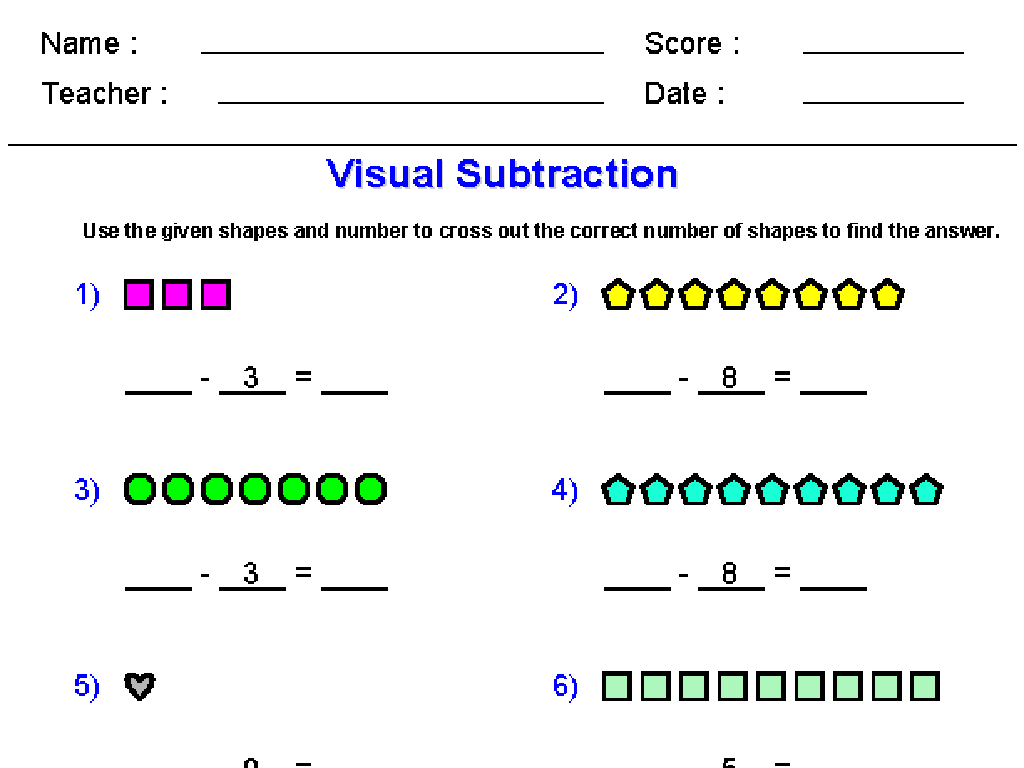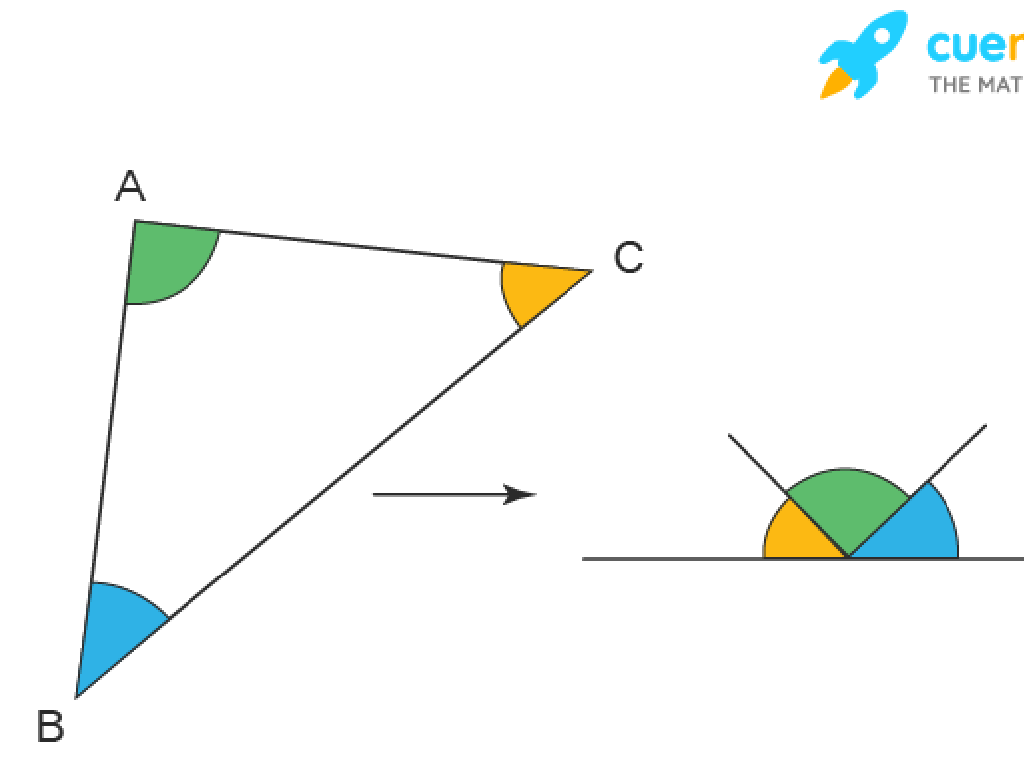Identify And Select Countries Of Europe: Region 4
Subject: Social studies
Grade: Eighth grade
Topic: Europe: Geography
Please LOG IN to download the presentation. Access is available to registered users only.
View More Content
Exploring Europe: Region 4
– Europe’s diverse geography
– A continent with varied landscapes, climates, and cultures.
– What are ‘regions’?
– ‘Regions’ divide Europe into manageable areas for study.
– Exploring Region 4 countries
– Identify countries like Hungary, Czech Republic, and Slovakia.
– Significance of Region 4
– Region 4’s unique cultural and historical impact on Europe.
|
This slide introduces students to the geography of Europe, emphasizing the diversity of the continent. It explains the concept of ‘regions’ as a way to categorize parts of Europe for easier study and understanding. Today’s focus is on Region 4, which includes countries such as Hungary, the Czech Republic, and Slovakia. Discuss the importance of these countries in terms of their cultural and historical contributions to Europe. Encourage students to locate these countries on a map and to research one fact about each country to share in the next class. This activity will help students better remember the countries and appreciate their significance within Europe.
Exploring Europe: Understanding Region 4
– Definition of Region 4 in Europe
– Region 4 includes specific countries in Europe based on geographical, cultural, or political criteria.
– Countries within Region 4
– Examples: France, Germany, Italy (exact countries depend on the classification used).
– Significance of geographical regions
– Regions help us study geography by categorizing areas with shared features.
– Analyzing Region 4’s characteristics
– Consider Region 4’s climate, culture, and economy for a comprehensive understanding.
|
This slide introduces students to the concept of geographical regions within Europe, with a focus on Region 4. Begin by defining what constitutes a region and the criteria used to classify countries into Region 4. Provide a list of countries that are part of this region, which may vary depending on the classification system used. Discuss the importance of regions in geography as a means to organize and study areas based on common characteristics. Encourage students to think about the various aspects that make Region 4 unique, such as its climate, cultural heritage, and economic activities. This will help students gain a holistic view of the region and understand the significance of regional classification in geographical studies.
Exploring Europe: Region 4 Countries
– List Region 4 countries
– Includes countries like Hungary, Poland, Czech Republic
– Capitals of these countries
– Budapest, Warsaw, Prague are key capitals
– Fun facts for each country
– Hungary is known for thermal springs, Poland for the Wieliczka Salt Mine
– Geographical significance
– Region 4 has diverse landscapes, from mountains to plains
|
This slide aims to familiarize students with the countries of Europe’s Region 4, their capital cities, and interesting facts that make each country unique. Start by presenting the list of countries in Region 4, ensuring students can identify them on a map. Discuss the capital cities, which are often the cultural and political hubs of these countries. Share a fun fact about each country to spark students’ interest and help them remember; for example, Hungary is famous for its thermal baths, and Poland has the historic Wieliczka Salt Mine. Highlight the geographical diversity of the region, which includes various landscapes and climates. Encourage students to conduct further research on one country for a deeper understanding.
Exploring Region 4 of Europe: Physical Features
– Major landforms in Region 4
– Explore the Alps and Carpathians
– Rivers and lakes in Region 4
– Discover the Danube and Lake Balaton
– Climate patterns of Region 4
– Understand the varied climates, from alpine to continental
– Natural resources available
– Learn about coal, timber, and fertile soils
|
This slide aims to introduce students to the physical geography of Region 4 in Europe, which includes parts of Central and Eastern Europe. Discuss the major landforms such as the Alps and Carpathian mountains, which are significant for their biodiversity and as natural barriers. Highlight important rivers and lakes like the Danube, which is integral for transportation and agriculture, and Lake Balaton, a key tourist destination. Explain the climate variations, from the cold alpine climate to the warmer continental climates, and how these affect human activity and settlement patterns. Lastly, touch on the natural resources like coal deposits in Poland and the fertile soils of the Hungarian plains, which are crucial for the region’s economy. Encourage students to think about how these physical features influence the lives of the people living in Region 4.
Cultural Highlights of Europe: Region 4
– Predominant languages in Region 4
– Explore languages like French, German, and Italian spoken in this region.
– Key cultural traditions and festivals
– Delve into Oktoberfest in Germany, and Carnevale in Italy.
– Historical events shaping Region 4
– Discuss the impact of events like the French Revolution and the fall of the Berlin Wall.
|
This slide aims to give students a glimpse into the rich cultural tapestry of Europe’s Region 4, which includes countries like France, Germany, and Italy. Highlight the diversity of languages spoken across these nations, emphasizing the importance of language as a cultural identifier. Explore the unique cultural traditions and festivals that are celebrated, such as Germany’s Oktoberfest and Italy’s Carnevale, which are steeped in history and attract visitors worldwide. Discuss influential historical events, including the French Revolution’s role in shaping modern democracy and the fall of the Berlin Wall as a symbol of the end of the Cold War. Encourage students to research more about these cultural aspects and reflect on how they contribute to the region’s identity.
Economic Overview of Europe: Region 4
– Region 4’s main industries
– Manufacturing, technology, and tourism are key sectors.
– Trade and cooperation
– Countries often form partnerships to boost trade.
– Geography’s economic impact
– Mountain ranges and rivers affect transport and trade.
– Agriculture in Region 4
– Farming varies from wine in France to olives in Italy.
|
This slide provides an overview of the economic landscape in Europe’s Region 4, highlighting the main industries such as manufacturing, technology, and tourism, which are vital for the region’s economic health. Emphasize the importance of trade and economic cooperation between countries, which can include trade agreements and shared economic policies. Discuss how geography, including natural barriers and resources, influences economic activities like transport and trade routes. Lastly, touch on the diverse agricultural practices across the region, shaped by climate and terrain, which contribute significantly to the economies of countries in Region 4. Encourage students to think about how these factors interplay to shape the region’s economic success.
Map Activity: Exploring Europe’s Region 4
– Identify Region 4 countries
– Label capitals on the map
Capitals are the political centers of countries.
– Color-code each country
Use different colors for clarity.
– Reflect on regional diversity
Consider cultural, linguistic, and historical aspects.
|
This activity is designed to help students visually and interactively learn about the countries in Europe’s Region 4. Provide students with a blank map of Europe and instruct them to identify and label each country in Region 4. They should also mark the capital cities, which are important for understanding the political geography of the region. Encourage students to color the map with different colors for each country to enhance memorization and recognition. As an extension, ask students to reflect on the diversity within the region, including cultural, linguistic, and historical differences. This activity will reinforce their knowledge of European geography and the significance of political boundaries and capital cities.
Class Activity: Exploring Region 4 of Europe
– Form groups for country research
– Each group gets a different Region 4 country
– Investigate geography, culture, economy
– Look into physical landscape, traditions, and financial systems
– Prepare a group presentation
– Share findings with class; use visuals like maps or cultural symbols
|
This activity is designed to foster collaborative learning and research skills. Divide the class into small groups and assign each group a different country from Europe’s Region 4. Each group will research their assigned country’s geography, including physical features and location; culture, encompassing language, customs, and traditions; and economy, looking at industries, currency, and trade. They will then prepare a short presentation to share their findings with the class. Encourage the use of maps, images, and other visuals to make their presentation engaging. Possible countries for assignment include Poland, Czech Republic, Slovakia, Hungary, and Austria. This activity will help students understand the diversity within a geographical region and practice public speaking.
Conclusion & Reflection on Europe’s Region 4
– Recap of Region 4’s geography
– Discuss Europe’s diversity
– Europe’s cultural, linguistic, and environmental variety
– Reflect on today’s discoveries
– Think about the unique countries and cultures in Region 4
– Get ready for group presentations
– Organize your group’s research and practice presenting
|
This slide aims to wrap up the lesson by summarizing the key points about Region 4 of Europe. Encourage students to reflect on the diversity they’ve learned about, including the different languages, cultures, and geographical features that make up this part of Europe. Students should use this time to consolidate their knowledge and prepare for the next class, where they will present their group’s findings. The presentations should showcase their understanding of the region’s diversity and geography. As a teacher, provide guidance on how to create engaging presentations and offer to help students refine their speaking and presentation skills.






